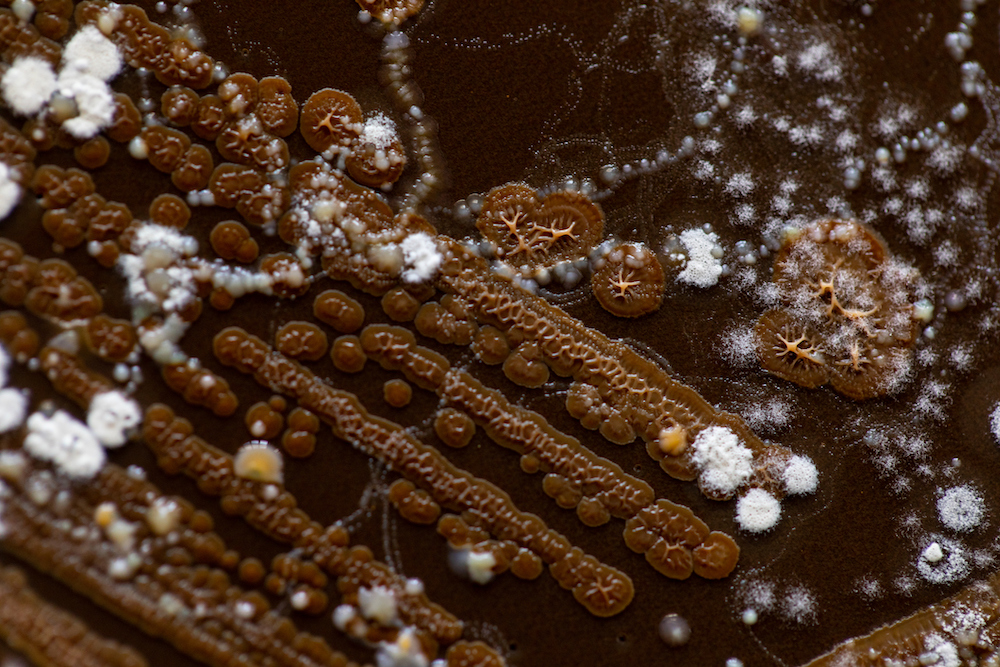No matter where the body is buried, the microbial network behind the cadaver’s decomposition remains essentially the same. Researchers from Colorado State University (CSU) and the University of California, San Diego (UCSD), showed that decomposer microbiomes are the same across cadavers, regardless of location, climate, and seasonal effects. These microbiomes break down organic matter through complex cross-feeding and interkingdom interactions.
The implications of this research extend to the disciplines of ecology, criminology, and forensic science.
The article, “A conserved interdomain microbial network underpins cadaver decomposition despite environmental variables,” was published in Nature Microbiology.
Life after death
Decomposition is a fundamental Earth-based process that recycles deceased organic matter to sustain life. Approximately two billion metric tons of nutrient-dense animal biomass increase ecosystem productivity, soil fertility, and other ecosystem functions and characteristics.
Invertebrate and vertebrate microbial scavengers can consume carbon and nutrients from carrion biomass. Additionally, microbes in the same place or through leachate in nearby soils can metabolize these substances and release them as gas into the atmosphere. However, the complicated relationships between microorganisms that help break down organic matter are still a mystery. This makes it harder to fully understand and model how ecosystems work, how they can adapt, and how carbon and nutrient cycles are distributed.
To investigate ecological and forensic inquiries regarding the formation and operation of decomposer networks, scientists conducted a study on 36 human cadavers found on land in three different locations. The researchers involved in this study were Jessica L. Metcalf, PhD, from CSU, and Rob Knight, PhD, from UCSD.
Researchers have shown that a distinct microbial network encompassing various life domains develops during the decomposition process by creating a library of metagenome-assembled genomes from soils linked to cadavers. This network can come together regardless of the impact of geographical position, weather conditions, and time of year.
The network of microbial decomposers is universal and is distinguished by cross-feeding, which allows them to metabolize decomposable products easily. The key bacterial and fungal decomposers are scarce in non-decomposition environments. They are specifically associated with the decomposition of terrestrial decaying flesh, such as humans, swine, mice, and cattle. Insects are likely to play a significant role in spreading these decomposers.
The observed synchronized pattern of microbial interactions has various applications in fields such as forensics. Using machine learning and network techniques, they discovered consistent connections between taxonomy and function that accurately forecast the post-mortem interval. By accurately predicting the post-mortem interval, crime scene investigators will be able to determine the precise time of death of an individual, which will serve as crucial evidence in solving crimes.
This study also applies to the practical aspects of green burials and composting of livestock carcasses, where microbial inoculants could be employed to regulate the rates and phases of decomposition. In addition, the authors successfully illustrated how interactions between mammalian decomposer communities drive the process of resource turnover and exchange, thereby impacting biogeochemical cycling and trophic cascades.
Investigating the interaction among vertebrates, invertebrates, and microbial scavengers in cadaver decomposition and ecosystem resilience in the context of global change offers a promising area for future research.



